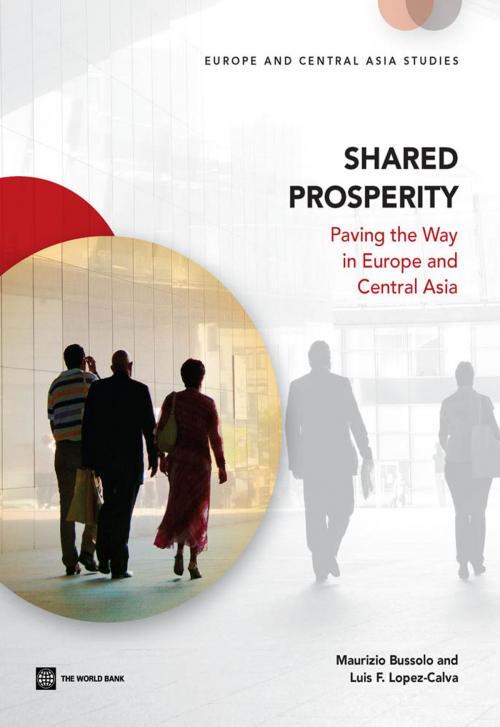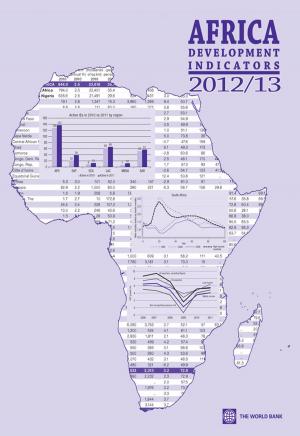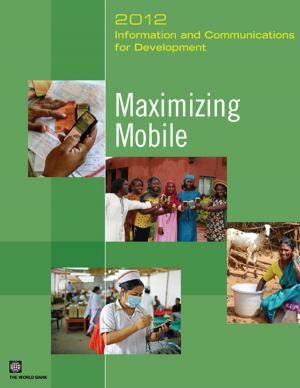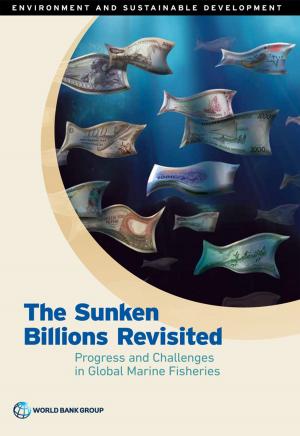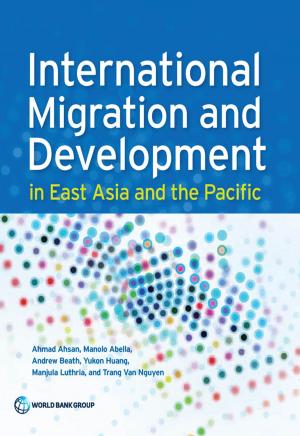Shared Prosperity
Paving the Way in Europe and Central Asia
Business & Finance, Economics, Economic Development| Author: | Maurizio Bussolo, Luis F. Lopez-Calva | ISBN: | 9781464802676 |
| Publisher: | World Bank Publications | Publication: | April 8, 2014 |
| Imprint: | Language: | English |
| Author: | Maurizio Bussolo, Luis F. Lopez-Calva |
| ISBN: | 9781464802676 |
| Publisher: | World Bank Publications |
| Publication: | April 8, 2014 |
| Imprint: | |
| Language: | English |
The World Bank has recently defined two strategic goals: ending extreme poverty and boosting shared prosperity. Shared prosperity is measured as income growth among the bottom 40 percent of the income distribution in the population. The two goals should be achieved in a way that is sustainable from economic, social, and environmental perspectives. Shared Prosperity: Paving the Way in Europe and Central Asia focuses on the second goal and proposes a framework that integrates both macroeconomic and microeconomic elements. The macro variables, particularly changes in relative prices, affect income growth differentially along the income distribution; at the same time, the microeconomic distribution of assets at the bottom of the distribution determines the capacity of the bottom 40 to take advantage of the macroeconomic environment and contribute to overall growth. Growth and the incidence of growth are thus understood as jointly determined processes. Besides this integration, the main input of the framework is the finding that the trade-off between growth and equity may be an issue only in the short run. Over the long run, redistribution policies that increase the productive capacity of the bottom 40 percent enhance the overall growth potential of the economy. This report considers shared prosperity in Europe and Central Asia and concludes that the performance in sharing prosperity during the period 2000–10 was good, on average, but heterogeneous across countries and that sustainability is unclear. It also describes examples of the application of the framework to selected countries in the region. Finally, the report provides a tool to structure the policy discussion around the goal of shared prosperity and explains that specific policy links associated with the goal can be established only after a thorough analysis of the country-specific context.
The World Bank has recently defined two strategic goals: ending extreme poverty and boosting shared prosperity. Shared prosperity is measured as income growth among the bottom 40 percent of the income distribution in the population. The two goals should be achieved in a way that is sustainable from economic, social, and environmental perspectives. Shared Prosperity: Paving the Way in Europe and Central Asia focuses on the second goal and proposes a framework that integrates both macroeconomic and microeconomic elements. The macro variables, particularly changes in relative prices, affect income growth differentially along the income distribution; at the same time, the microeconomic distribution of assets at the bottom of the distribution determines the capacity of the bottom 40 to take advantage of the macroeconomic environment and contribute to overall growth. Growth and the incidence of growth are thus understood as jointly determined processes. Besides this integration, the main input of the framework is the finding that the trade-off between growth and equity may be an issue only in the short run. Over the long run, redistribution policies that increase the productive capacity of the bottom 40 percent enhance the overall growth potential of the economy. This report considers shared prosperity in Europe and Central Asia and concludes that the performance in sharing prosperity during the period 2000–10 was good, on average, but heterogeneous across countries and that sustainability is unclear. It also describes examples of the application of the framework to selected countries in the region. Finally, the report provides a tool to structure the policy discussion around the goal of shared prosperity and explains that specific policy links associated with the goal can be established only after a thorough analysis of the country-specific context.
